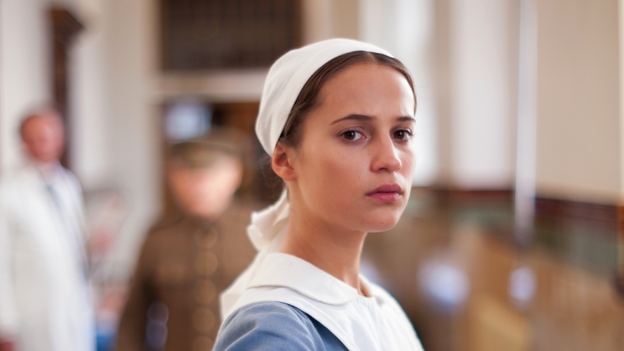GoggleBox is a British Documentary, currently consisting of
four seasons. It features recurring families and friends who sit in their
living rooms and react to and give their opinions on Britain’s most popular and
well-known television shows including: the news, the X Factor and I’m a
Celebrity, Get Me Out of Here. I have watched many episodes of GoggleBox and I
really enjoy the show because it is very entertaining and it is interesting to
see how different people react to television shows based on their personal
opinions.
GoggleBox represents an active audience as appose to a
passive audience because the people shown watching the television shows are
getting involved by talking about what they are seeing and in some cases, how
what they are watching is affecting them. They are not a passive audience
because they did not believe everything they saw and they were not sitting in
silence for the whole duration of each episode. An audience theory known as the
‘uses and gratifications model’ can be used to describe the families on GoggleBox
because they appear to be watching the shows for surveillance and
entertainment. Surveillance is our need to know what is happening in the world
and the families are shown watching the news in order to keep up to date with
events that are happening resulting in them feeling a sense of security which
is one of our needs stated by Maslow’s theory. The television shows that the
families are watching are providing them with entertainment because they are
able to relax and they are given distractions from their everyday life.
Representation: The
families shown were all of different ages, races, ethnicities and genders which
means that due to each family being different, there is a wider audience
because more people are able to relate to them. We are given a representation
of their lifestyles, for example, the two best friends, Sandy and Sandra appear
to be very laid-back and are often shown eating junk food. However, the couple,
Steph and Dom are represented as very posh and are often shown drinking wine as
they hold hands on the sofa.
Audience: GoggleBox
is aimed at a post-watershed audience who are above the age of fifteen due to frequent
swearing which may be inappropriate for people who are below this age. It is
also aimed at those who watch everyday television such as the shows that are
featured on GoggleBox because they can then relate to what the families are
watching to a greater extent and at times, may share the same opinions and
reactions as them. The show has been proved very popular because it has 2.7
million viewers meaning the audience must be very wide as a large amount of
people are clearly finding GoggleBox extremely entertaining.
Message: The
message within GoggleBox is that your age, race, ethnicity and gender does not
affect your opinion on a television show or what shows you choose to watch and
your reactions are more or less based upon your personal opinions as appose to
these factors. The families display similar reactions to the television shows
but also have their own interpretations on what they see but this is based on
their perception, not their age, race, ethnicity or gender. These points link
in with an audience theory known as the ‘reception theory’ which is about personal
opinions and how an audience perceives things based on their social and daily
experiences. Reception theory is split into three parts which determine how an
audience may view an aspect of media, which in this case is a television show:
the dominant viewing (audience fully accepts the code within the show), the
negotiated viewing (audience partly accepts the code, but will change the
meaning slightly) and the oppositional viewing (audience does not share the
code so constructs an alternative meaning). I believe that the families
demonstrate each of these viewings depending on the television show that they
are watching.
Production values:
There are two main shots used throughout GoggleBox which are a wide shot and a close
up. The wide shots are used to show the whole family sitting in their living
room which informs the audience on the environment they are in and it also
enables us to see all their reactions at once. The editors of GoggleBox may
have zoomed in on these wide shots in order to give the audience close ups.
These close-ups are used to show a person’s emotions and reaction in more
detail and we are given a greater insight into how a television show will
affect the individual. Despite GoggleBox filming people in their own homes,
where the families will feel most comfortable and act more natural, the show is
still constructed because the environments they are in almost seem ‘too perfect’
as they are completely tidy and very well framed. The families are well aware
that they are being filmed so over-exaggerate their reactions and at times,
clearly do not act natural because they are trying to make themselves appear
more interesting and entertaining for the audience.

















